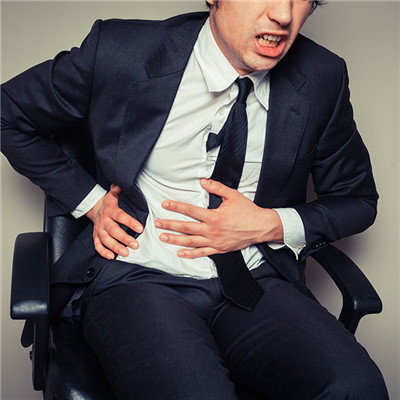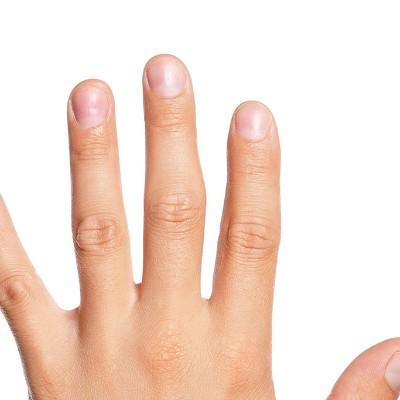Skull injury symptoms?
summary
A lot of people are not very familiar with the symptoms of skull fracture, so when there is skull fracture, although it also brings pain, they often can't find such disease in time, and may miss some of the best time for treatment, so let's pay attention to the symptoms of skull injury?.
Skull injury symptoms?
(1) Anterior cranial fossa fracture: involving the orbital roof and ethmoid bone, with epistaxis, extensive periorbital ecchymosis (panda eye sign) and extensive subconjunctival blood spots. If the meninges and periosteum are ruptured, cerebrospinal fluid rhinorrhea will occur, and cerebrospinal fluid will flow out from the nostril through buccal or ethmoid sinus. If ethmoid plate or optic canal fracture, may merge olfactory nerve or optic nerve injury.
(2) If the sphenoid bone is involved in the middle cranial fossa fracture, there may be epistaxis or cerebrospinal fluid nasal slide. Cerebrospinal fluid flows out from the nostril through the sphenoid sinus. If the petrous part of the decadent bone is involved, and the meninges, periosteum and tympanic membrane are ruptured, the cerebrospinal fluid otorrhea will occur, and the cerebrospinal fluid will flow out from the external auditory canal through the middle ear; If the tympanic membrane is intact, the cerebrospinal fluid flows to the nasopharynx through the eustachian tube, which may be mistaken for rhinorrhea; It is often complicated with the injury of the seventh and eighth cranial nerves. If the medial part of sphenoid bone and temporal bone is involved, the pituitary gland or the second, third, fourth, fifth and sixth cranial nerves may be damaged. If carotid cavernous sinus is injured by fracture, pulsatile exophthalmos and intracranial murmur may occur due to arteriovenous fistula; Rupture of the foramen or the internal carotid artery can lead to fatal epistaxis or ear bleeding.
(3) When posterior fossa fractures involve the posterolateral petrous part of the temporal bone, subcutaneous ecchymosis of the mastoid region (battle sign) usually appears 1-2 days after injury. If the basal part of occipital bone is involved, swelling and subcutaneous ecchymosis may appear in the lower part of occipitum several hours after injury; The fracture of foramen magnum or the posterior margin of petrous apex may be combined with the injury of the posterior group of cranial nerves (Ⅸ - Ⅻ cranial nerves).
matters needing attention
After a large amount of white sugar intake, it will cause the rapid metabolism of glucose, resulting in the production of metabolic intermediates, such as pyruvic acid, lactic acid and so on, making the body acidosis. At this time, alkaline calcium, magnesium, sodium plasma, will be immediately mobilized to participate in the neutralization, in order to prevent the occurrence of acidic blood. Such a large consumption of calcium will not be conducive to the rehabilitation of fracture patients. At the same time, too much sugar will also reduce the content of vitamin B1 in the body, because vitamin B1 is essential for sugar to be converted into energy in the body. Vitamin B1 deficiency, greatly reduce the nerve and muscle activity, but also affect the recovery of function. Therefore, fracture patients should not eat too much sugar.















